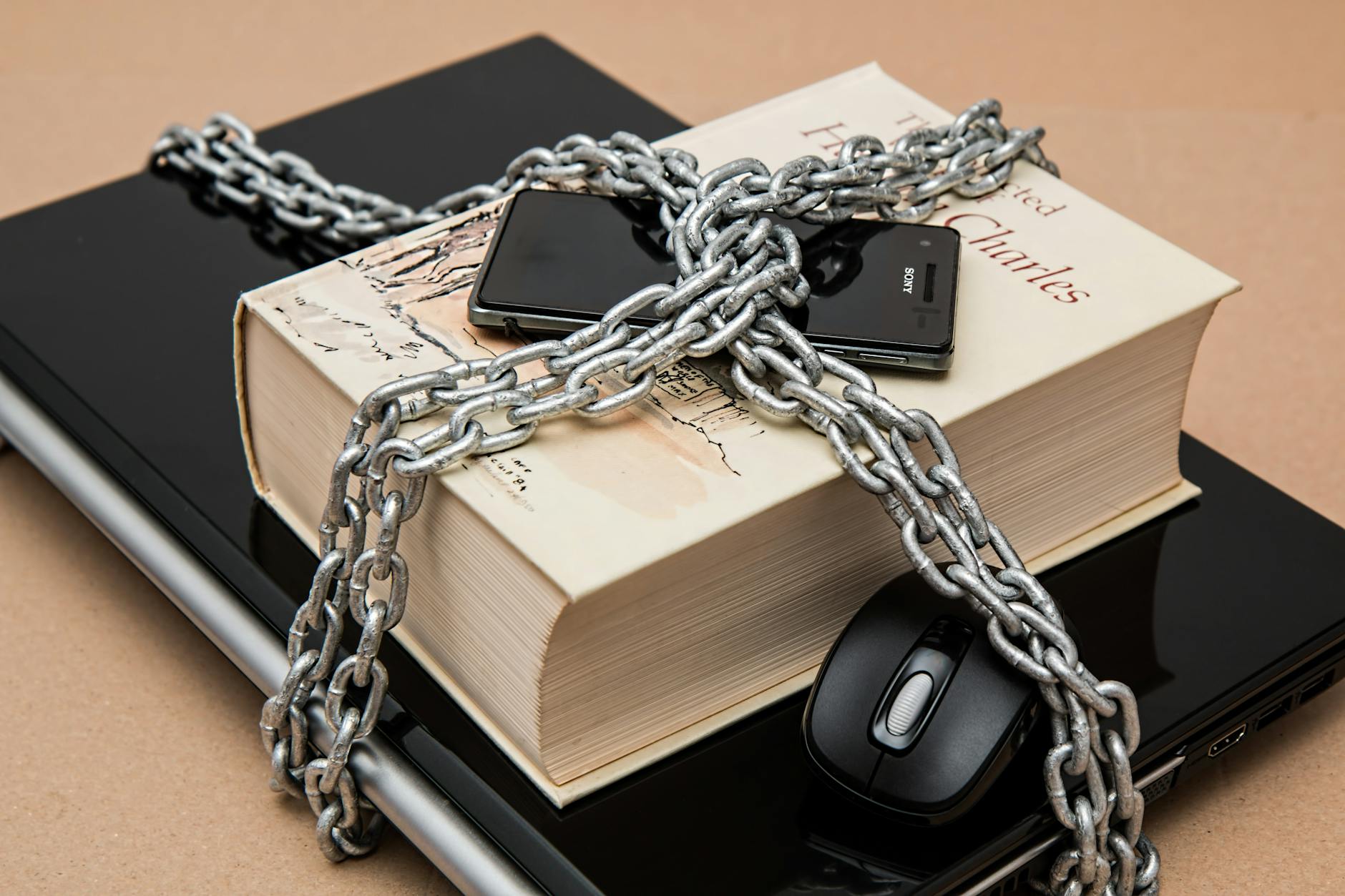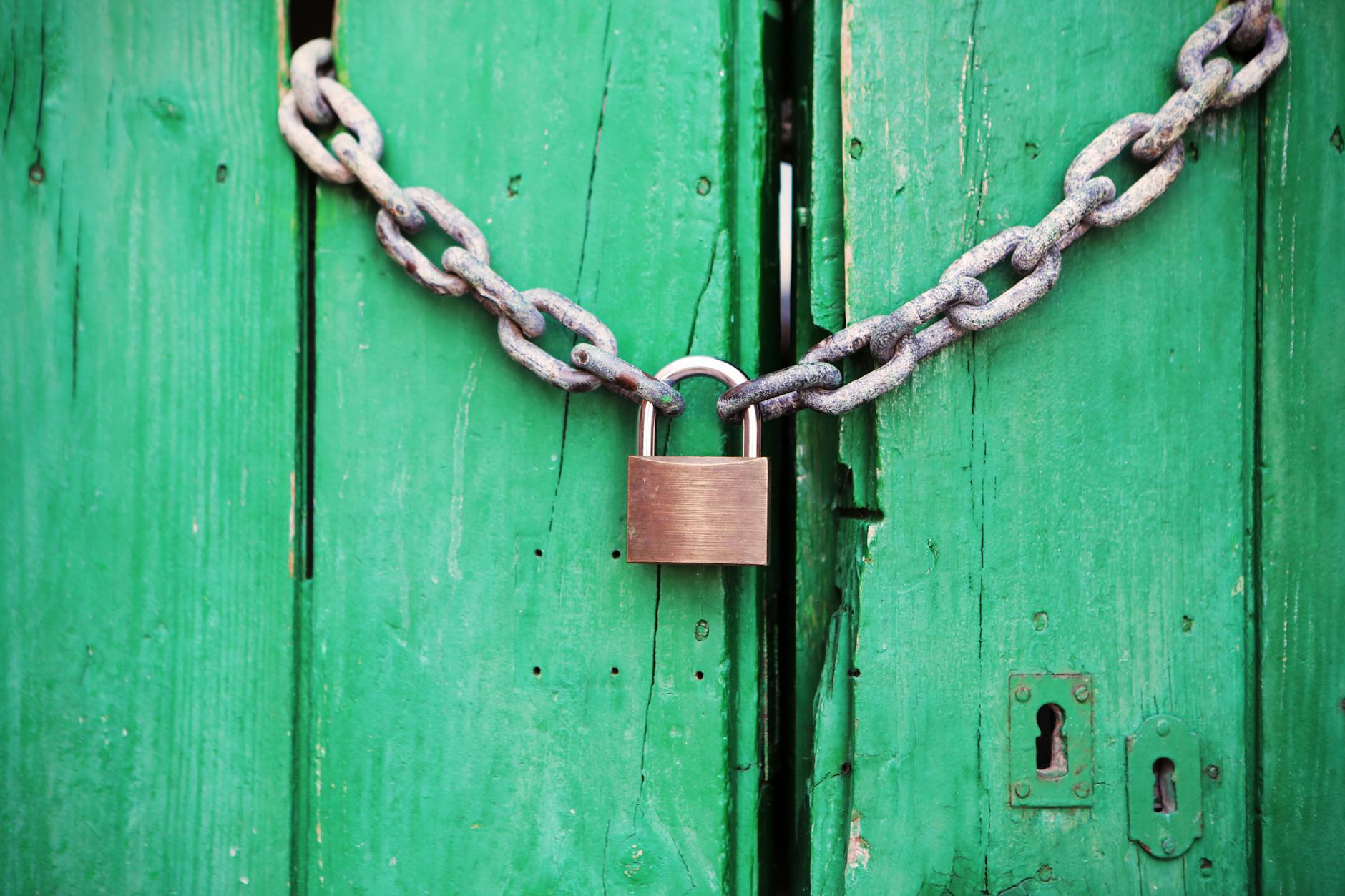Calvin’s new camera does panoramas automatically and it reminded me that my digital photography workflow has some real holes in it. Here is an overview:
- For copying from my Canon 5d Mark ii, I use the bundled EOS Utility. This is because I still like to keep my photos in directories and it is inconvenient to just depend on a single tool like Lightroom or Iphoto. Plus it is expensive
- I shoot in RAW and JPG because the camera is fast enough and memory and disk are basically free. This creates 30MB per photo though. I do separate RAW and JPG into separate directories and I organize everything by directorys that are by year, month and then date. I find that like blogs it is easiest for me to remember when I was somewhere. In essence I’m using the file system as a archiving tool.
- I store these things on a Drobo Pro which is set to be dual disk redundent. This means that two drives have to fail to lose things. I’ve had up to three disks fail on me, so it is a real thing. I then periodically copy things using rsync to a Time Capsule to get quadruple redundency and also a USB hard drive. I to the later because the Drobo doesn’t prevent me from accidentally miscopying or deleting. I do set the file system to read only for everything but the current month so I don’t accidentally delete things
- For editing, after the EOS Utility copies things, it dumps them in the year and a lemporary directory for each day of shooting. This means that I have to be careful about setting the time codes on my camera and since I travel overseas, it is possible that I can have things with the same time since the camera records in local time. I don’t change the serial name of the files (I have the camera set to never reset the file number). So that I can always figure out by the date stamp and name its origin even if I lose the EXIF information embedded in the JPEG.
- I then have found that the Preview app in the Mac OS X is the faster way to go through and delete things. The files are huge, so it helps to have a fast Mac. Right now I’m using the MacBook Pro (early 2010) which has a core i5. I’ve found it to be unbearably slow on the MacBook Air (2008) and every Mac before the MacBook (2009). So you need a big machine.
- When I want to make HDR landscapes I use Photomatix Pro. This is a great utility for taking bracketed exposures and making them look great. Or if you get crazy to make them look like moonscapes.
- I used to use DxO for correcting distortion and vignetting, but from DxO v5 there were lots of problems. I have been trying to use the DPP application that comes bundled with the Canon but really have made much progress. You can also use Photoshops ACR which does the conversion and gets good reviews. I liked DxO because it was so automatic and corrected distortion well. The main issue here is what RAW processor really works well. DxO 5 was really buggy and worse than DxO 4, but the new DxO 6 is out for Windows and soon for Mac. Twin-Pixels.com has a shootout where DxO won for distortion correction, chromatic aberration and highlight recovery in dark parts of the image, Noise Ninja for noise reduction, Capture One had nice colors but was inferior in most other respects, Lightroom 3 Beta had best color and sharpening. And the conclusion is Lightroom is best overall while DxO should be used in conjunction. So the workflow is Original RAW –> process in DxO for lense correction and noise –> export as DNG –> Lightroom for color and sharpening –> TIFF/JPEG. Kasbergen.com Tao of Leica explains that most non-Lightroom programs are based on dcraw and a good one is RAW developer which I’ve never heard of but seems worth a try. The overall net is that Lightroom is winning and is supported. DxO is probably next but niche mainly for lense correction. Then there is Canon’s own Digital Photographer Pro was also reviewed by Art of the Image which says that DPP used to be way better for Canon cameras, but now Lightroom is very close with its camera specific profiles.
- These programs also all remove noise, but a dedicated sharpener like Noise Ninja still seems to be the absolute best, although with my photos, i basically don’t see too much noise except at iSO 3200. The big workflow problem here is that Noise Ninja outputs a TIF file which DxO can’t handle since all the information is stripped out.
- I also don’t have a sharpener I like. I used to us Focusmagic, but they don’t have any real Mac applications. They use Photoshop and lately I’ve stayed away from all Photoshop editing and am trying to just use what I took. Also Photoshop is incredily expensive and I have CS2, but haven’t done the full round of multihundred updates. So need to research that.
- The big editing software package is Adobe Photoshop which I find really, really hard to use so looking at Adobe Photoshop Elements or these inexpensive ones like ACD, Raw Therapee, Silkypix, Scarab
- Scanvue. I use this for those old 35mm and other photos that I want to scan in. I have an old 35mm scanner and have been doing that. Although its been a two year hiatus.
So here are the things I’m research:
- Panoramas. Calvin’s camera make them automatically, I go to enough places that it would be great to have a post processing system. A quick look there refers to PTGUI which uses some older tools called Panotools. Available for the mac. The pro version supports HDR panoramas. The site does say for best results, you need a panorama head so that the tripod revoles around the lens and prevents parallax errors. But you can do it handhel too 🙂
- iPad. This has a USB connector and SD reader, I’m wondering if I can use it to do some basic processing and then keep my CF cards for later to reduce weight and not need to have a full laptop on trips
- RAW converter, Distortion correction, vignette corretion. What is the right bet for RAW. Last review I read compared CaptureOne to Adobe and said Adobe was just better. But I like these smaller third parties.






One response to “Digital Photography workflow”
[…] summarized his current photography workflow, lots of good stuff here. My flow is different, it is interesting how much divergence there […]